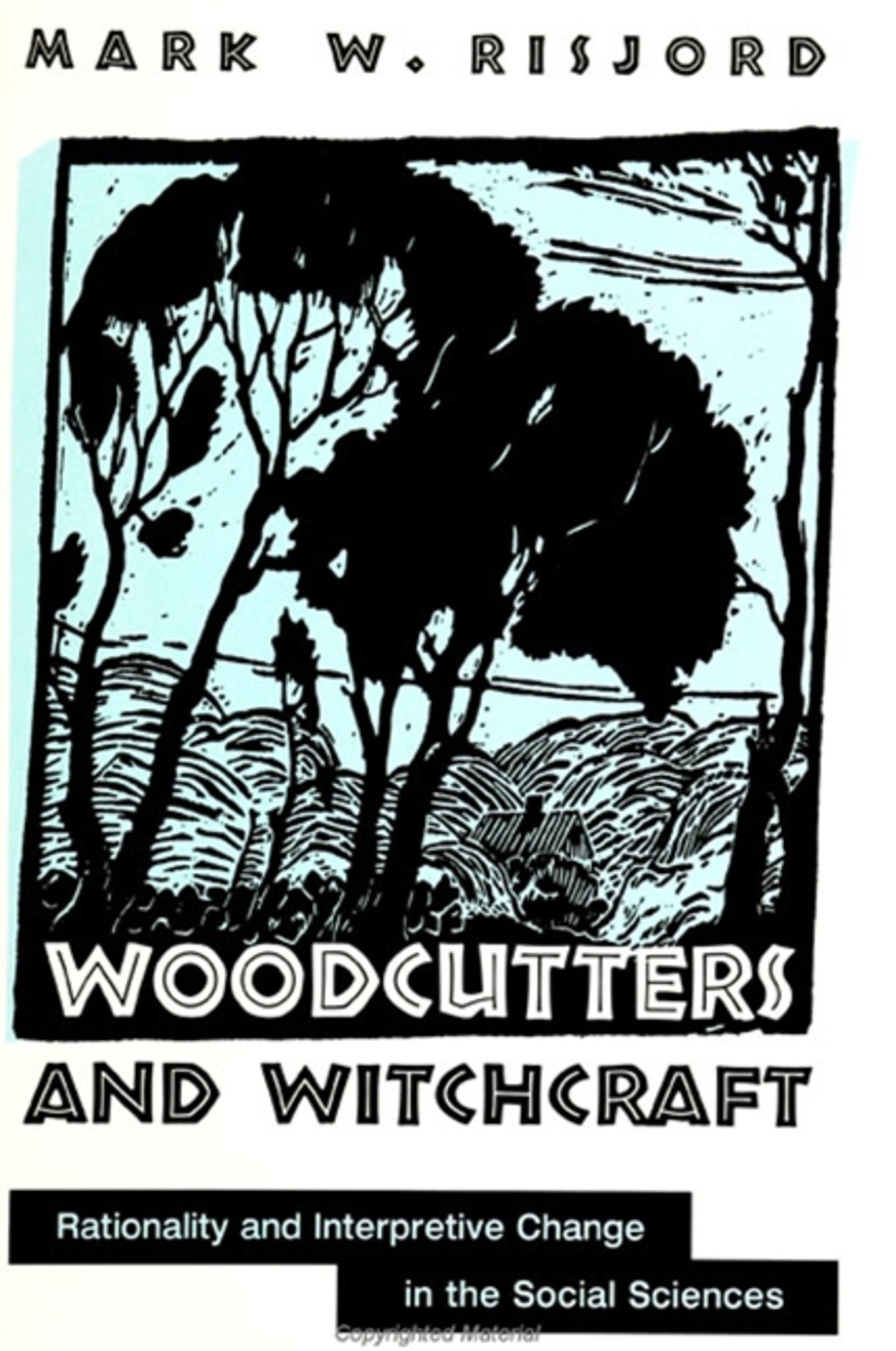We're sorry. An error has occurred
Please cancel or retry.
Woodcutters and Witchcraft

Some error occured while loading the Quick View. Please close the Quick View and try reloading the page.
Couldn't load pickup availability
- Format:
-
09 March 2000

Uncovers the methodological principles that govern interpretive change.
Well written and richly illustrated with vivid examples from Wittgenstein's woodcutters to witchcraft in Mexico and elsewhere, this book argues that the underlying methodological principle governing interpretive change is explanatory coherence.


"Mark Risjord's book is an important and original contribution to the philosophy of the social sciences. With his criterion of explanatory coherence, his constructive use of the erotetic or 'why' question approach to explanation, and his wide-ranging solution to the problem of apparent irrationality, Risjord challenges the assumptions about explanation and understanding shared by both sides of previous, seemingly intractable debates. This book should help reorient the field to the important problems of the social sciences in our era of explanatory pluralism." — James Bohman, author of New Philosophy of Social Science: Problems of Indeterminacy
"The book provides a sustained development for an important—and, I think, in many ways correct—position on the relation between interpretation and explanation. The connections between them are well represented when Risjord puts the earlier discussions to work outlining ways in which meaning (and related matters) can feature in explanation (both as explanans and as explanatia). This topic is of great significance to the philosophy of the human sciences." — David Henderson, author of Interpretation and Explanation in the Human Sciences
"The book provides a sustained development for an important—and, I think, in many ways correct—position on the relation between interpretation and explanation. The connections between them are well represented when Risjord puts the earlier discussions to work outlining ways in which meaning (and related matters) can feature in explanation (both as explanans and as explanatia). This topic is of great significance to the philosophy of the human sciences." — David Henderson, author of Interpretation and Explanation in the Human Sciences
Acknowledgments
1
Introduction
1.1 Breakdown and Reconstruction
1.2 Synopsis
2
Apparent Irrationality
2.1 Bloodsucking Witchcraft
2.2 Sati
2.3 Azande Witchcraft: Three Interpretations
2.4 The Purrinton Murders
2.5 Parameters of the Problem
3
Interpretive Change
3.1 Charity
3.2 Humanity
3.3 Explanatory Coherence
4
Explanation
4.1 Criteria of Adequacy
4.2 The Erotetic Model of Explanation
4.3 Presuppositions
4.4 Interests and Laissez-Faire Contextualism
4.5 Explanation and Coherence Revisited
5
Intentional Action and Social Explanation
5.1 Explanatory Pluralism
5.2 Intentional Action Explanations
5.3 Social Explanations
5.4 The Compatibility of Functional and Reason-Giving Explanations
6
Meaning
6.1 The Problem of Meaning
6.2 The Explanatory Value of Meaning
6.3 Defusing the Double Hermeneutic
7
Normativity
7.1 Norms, Action, and Explanation
7.2 Norms, Rules, and Mistakes
7.3 Contested Norms and the Community of Agents
8
Conclusion
8.1 Interpretive Dynamics 175
8.2 On the Relationship between the Social and Natural Sciences
References
Index



